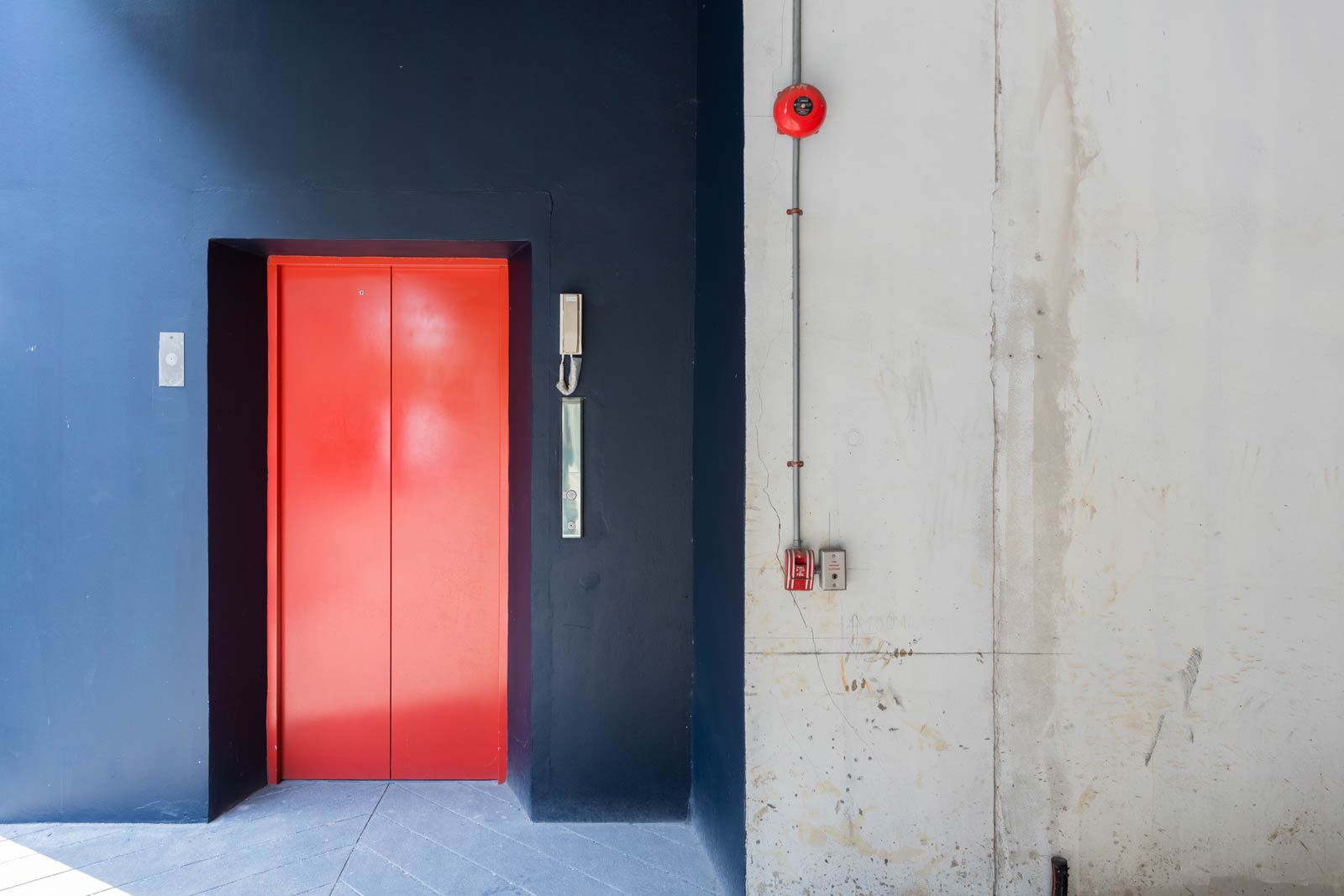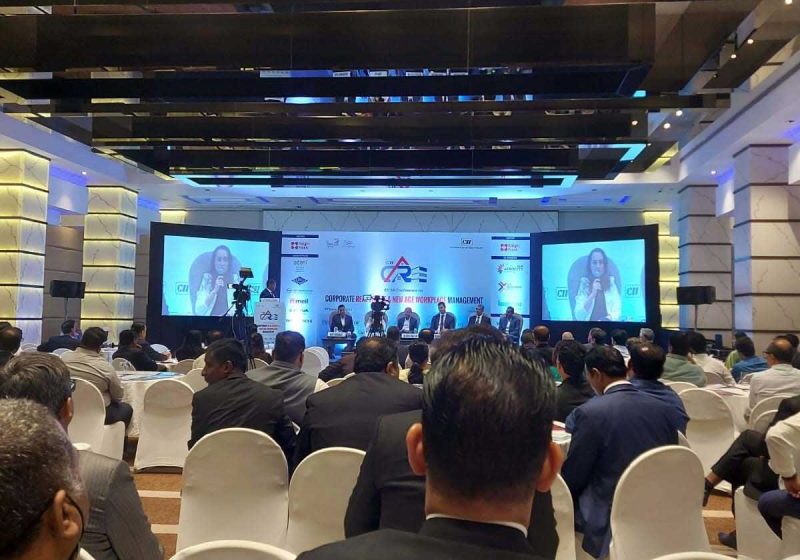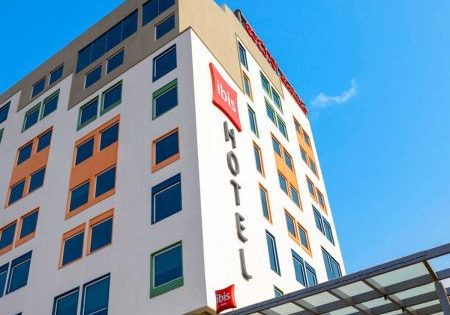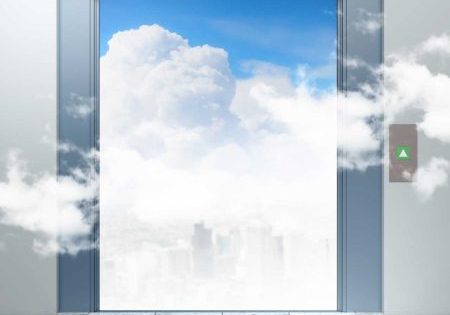In this Readers’ Platform, your author evaluates industry reaction for effective implementation.
The latest advisory issued by the Energy Department, Government of Maharashtra, to provide evacuation lifts for high-rise buildings above 23 floors (beyond 70 m travel) during a fire is a good move.
The important points of the advisory issued by Fire Department Mumbai are:
- The advisory was issued on July 22, 2022.
- The advisory asks for fire evacuation lifts (FEL) for buildings having more than 23 floors or taller than 70 m.
- Lift capacity needs to allow for 15 passengers (1020 kg). This should increase depending upon the occupancy and number of floors.
- The FEL should be housed in a separate core with a smoke-protected lobby on each floor.
- It should have an Internet of Things (IoT)-based control panel, which will automatically give signals to the security room and nearest fire brigade.
- It should have a trap door in the roof of the cabin with a portable ladder.
- FELs are programmed to collect the passenger from the highest floor first or from the floor where the fire is noticed.
- The cabin and the cabin doors should have a 2-h fire rating.
- All the shaft accessories and cable should have fire ratings of 2 h.
- There must be a vision panel in the cabin and the landing doors.
- The shaft and lift lobby should be air pressurized.
- The cabin should have a ladder inside to take the passengers out through a trap door.
- The FEL should have a 15-min uninterruptable power system (UPS) system in addition to the alternate supply source.
It should have mid-landing operations.
The FEL should carry 10-18 passengers and be able to evacuate 100 persons in 30 min.
Fire evacuation is a complex subject, and many factors affect the evacuation process.
At present, there are 368 high-rise buildings in Mumbai and Thane, out of which only 21 have FELs. Industry experts and other stakeholders have discussed the importance, feasibility and cost effectiveness of FELs. There is apprehension about its implementation, their benefits and the additional financial burden they place on a project, as well as the maintenance costs that come with these lifts.
A few important points and suggestions that came out of the discussions are highlighted here. This is meant to draw the attention of the authorities and to have a second look at FELs to make them more practical, feasible and acceptable without compromising their sole purpose.
- Mid-landing provision: Not feasible, practically.
- UPS required for 15-min operations in addition to main supply source and alternate supply source: Does not serve any purpose.
- Landing doors 2-h fire rating: But, as per Indian Standards (IS), it is a 1-h rating.
- Car door 2-h fire rating: This is of no use, as landing doors have a 1-h rating.
- FEL vision panels: As per IS, this is not allowed.
- Emergency exit ladder inside of car: This is difficult to accommodate and make use of in the event of a fire.
- As per IS, the car top is designed to carry two passenger loads only: During evacuation through the ladder from the car top, the number of passengers and rescue team members will create load problems for the car top.
- FELs to be used before firefighters arrive. The fire lift is used by firefighters for evacuation and fire control: In such cases, how will the trapped occupants be evacuated through the FEL before the arrival of the firefighters? Who will operate and monitor the FEL operation before the firefighter arrives?
- All cabin shaft accessories and cables should have a 2-h fire rating: This is not required as the doors and enclosure itself have a fire rating of 1 h.
- Air pressurization for the shaft and lobby is not feasible to install: This equipment adds initial cost and maintenance cost; it also occupies much space.
- Separate FEL to be used during a fire: What will be its use during normal days? If not used regularly, then its availability during a fire emergency will always be a question mark.
To make evacuations much faster and more effective, we need to think of some other possible options, as suggested here:
- The IoT recommended must have the following information monitoring:
- a) Temperature of various parts, which should include the door panel, control panel, cabin, machine room and lift well
- b) The smoke level in the cabin, shaft, machine room and lift lobby
- c) The presence of water inside the lift well and machine room
- d) The flames entering the machine room or lift shaft
- e) Number of people available at the rescue floor and support in terms of number of trips and time required for evacuation
- Each flat can have a fire escape chute so people who are affected by fire can get to a lower floor on their own.
- A floor-to-floor lift can also help evacuate people from the fire floor to the lower floor faster.
- Most of the flat windows and balconies are permanently covered with grills. This can be a problem for rescue operations during a fire, particularly if you are on the same floor as the fire.
- An external lift can be much more useful during a fire than the proposed FEL.
- The position and entrance direction can be planned with consideration of wind flow.
The time between fire reporting and the arrival of firefighters is very limited but crucial, and we need to think, plan and act for evacuation before the firefighters arrive at the fire site.
Get more of Elevator World. Sign up for our free e-newsletter.










